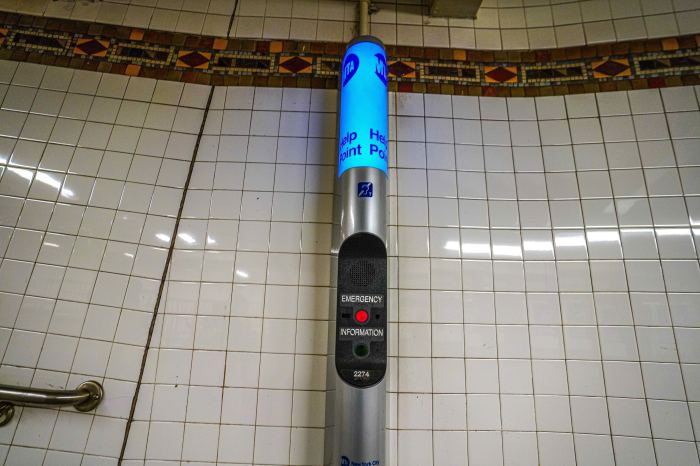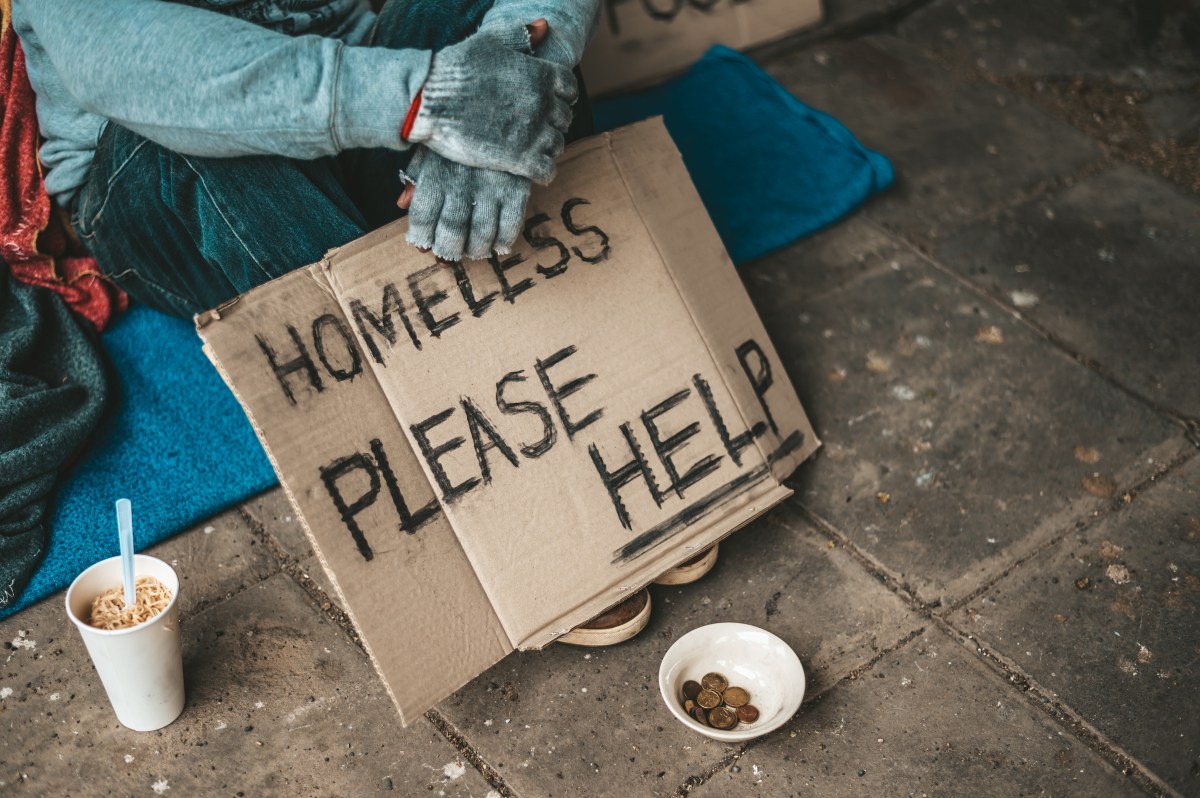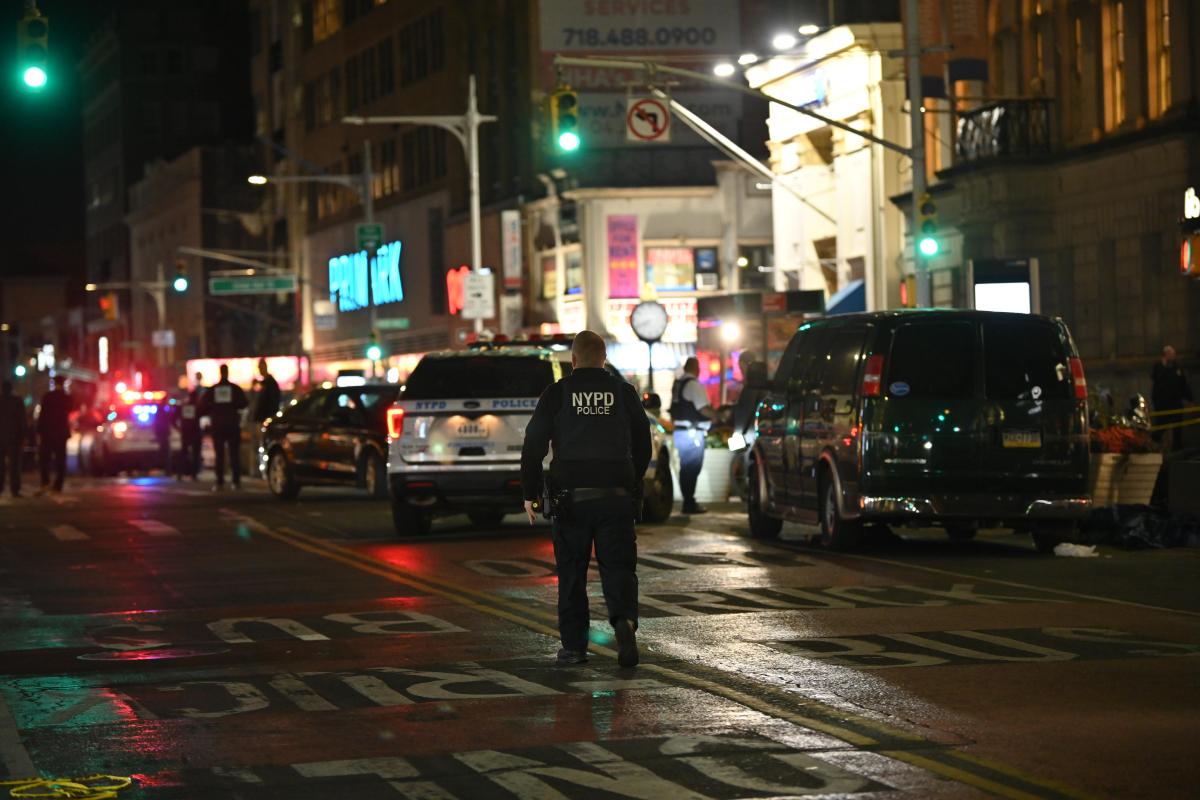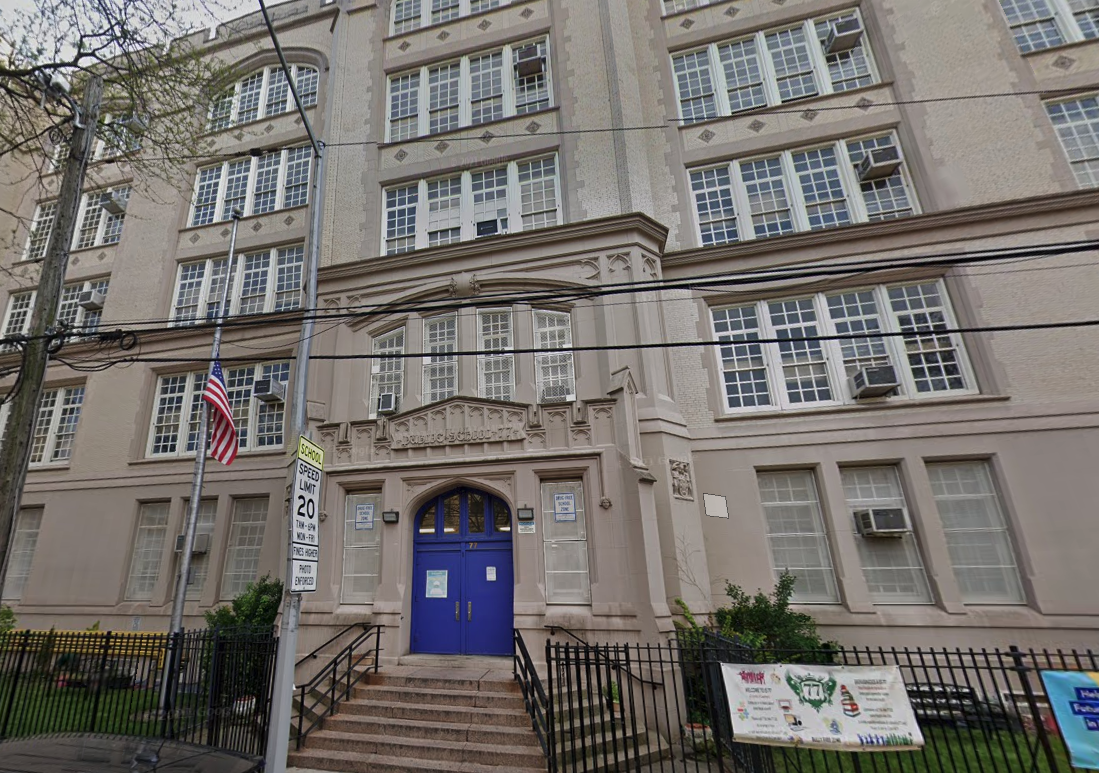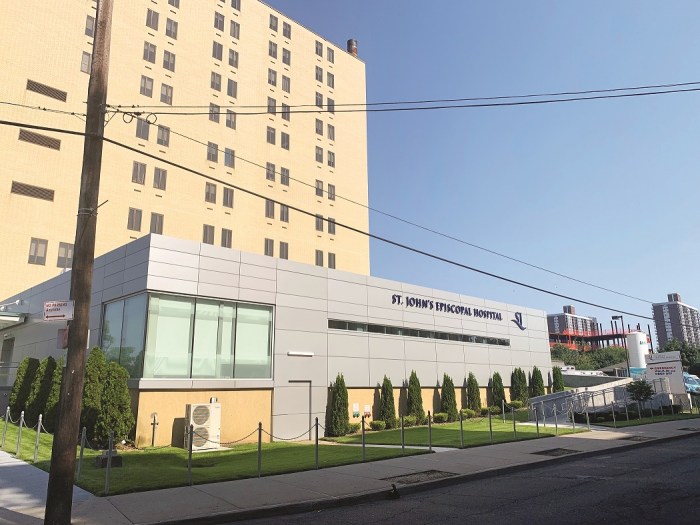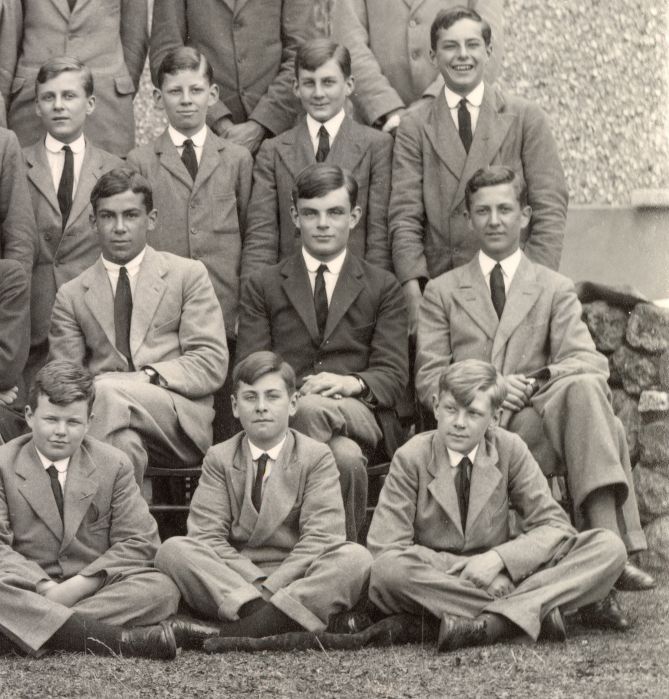Police Commissioner Bill Bratton will go back to the beat that launched his law enforcement career in New York City by taking very early-morning rides on the subway to get a feel for the quality-of-life issues straphangers face.
At the New York City Police Foundation’s annual State of the NYPD breakfast Tuesday, Bratton said he and “Broken Windows” criminologist George Kelling will travel on the subway to get a sense of the environment for riders.
“I think there will be a lot of surprised cops when they see George and I pop out of the subways at 3:30 in the morning,” Bratton said.
Bratton was the head of the Transit Police in 1990 before his first tour as NYPD commissioner in 1994 and is credited with the turnaround of a subway system out of control with graffiti, fare evasion and crime. Transit police have since been folded into the NYPD.

The city’s top cop said he wants to see whether the subway is again becoming a shelter for homeless people, many of whom suffer from mental illness, who refuse help.
“[It is] kind of like old times for us riding the rails, getting a sense as to whether the shelter-resistant population has attempted to come back into those areas,” Bratton later told reporters.
Bratton didn’t specify when or how often he’ll take a late-night rides.
Professor Joe Ryan, chair of the criminal justice department at Pace University, said Bratton’s decision to ride the subway overnight fit his reputation as a “walkabout manager” who got a demoralized transit police force to crack down on subway graffiti artists and fare beaters.”The only way you can really grasp the significance of a situation is to really get out there and see for yourself,” Ryan said.
Crime has substantially dropped since the 1990s, with the system averaging seven major felonies a day and 217 in total this past January, compared to 17.55 felonies a day and 544 in January 1997, according to recent MTA figures.
But the homeless population has drastically increased over the last decade. The Department of Homeless Services’ annual HOPE survey for 2013 said there were 1,841 homeless people in the subway system, compared to 845 people in 2005. The MTA is providing $6 million to DHS for a homeless outreach program this year focused on the entire subway system.
NYPD spokesman Sergeant Brendan Ryan said Bratton’s rail riding will help the department find out how “we work with the advocacy groups to get them into environments where they can be safe.”
Professor Eugene O’Donnell of John Jay School of Criminal Justice said there seems to be “slippage,” anecdotally, in deterrance of aggressive panhandling, including young men and teenagers who perform acrobatic dances in subway cars for change.
“He might find out a lot of subway riders are not happy at that perceived kind of disorder,” O’Donnell said of Bratton.
With Newsday



